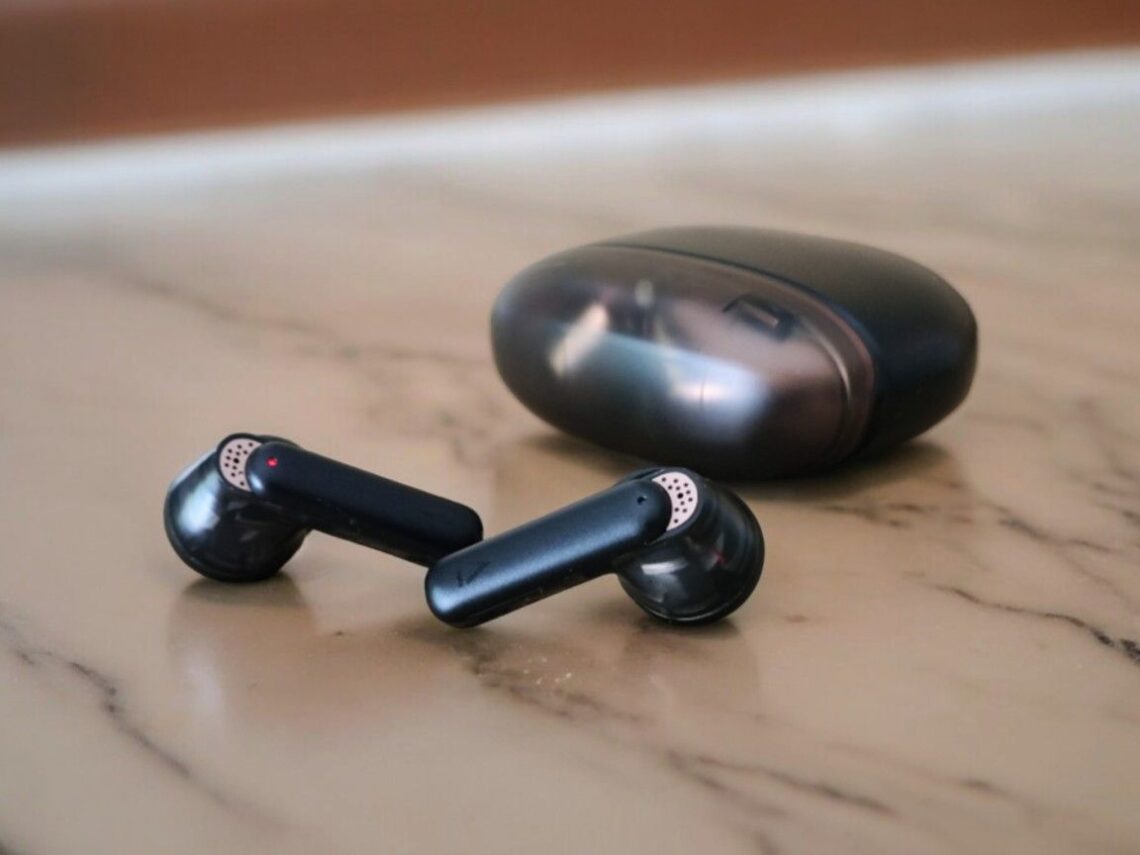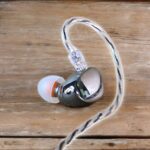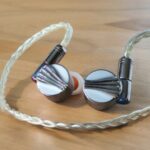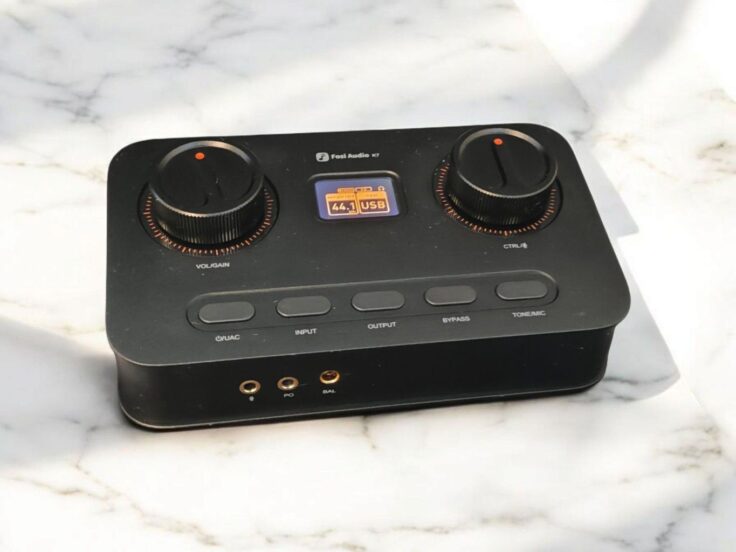Creative Aurvana Ace 2 are the first widely available earphones to use solid-state micro speakers, also known as MEMS speakers. Such speakers have been promised to revolutionise both wired and wireless (TWS) earbuds and in-ear monitors.
MEMS speakers are designed to deliver undistorted sound in a compact form, and the Aurvana Ace 2 doesn’t disappoint, even though it only uses MEMS speakers for the treble while relying on a conservative dynamic driver for the mids and bass.
THE TAKEAWAY
- Superb sound with third-party tips
- The xMEMS tweeter produces crystal clear treble
- Lightweight and comfortable
- Ergonomically shaped charging case
- Decent passive noise isolation
- Active Noise-Canceling (ANC) is not the best in class
MEMS
The MEMS speaker used by Creative is too small to cover the entire frequency range with enough volume, so they opted for a two-driver hybrid setup, with a solid-state speaker for the treble and a dynamic driver for the midrange and bass.
“MEMS” is short for ‘micro-electromechanical system” and is a miniature machine that has both mechanical and electronic components. The physical dimensions of a MEMS can range from several millimeters to less than one micrometer (smaller than the width of a human hair).
A MEMS speaker is fabricated on a silicon chip. Often called “solid state speakers” or “micro speakers,” MEMS speakers use silicon diaphragms, which are much stiffer and have the potential to deliver higher-quality sound than less rigid diaphragms.
The distortion is claimed to be imperceptible, and low bass notes do not deliver the physical pressure that normal speakers do and are thus claimed to not have a “booming” sound.
The company making the MEMS speaker used by Creative is called xMEMS and is the leading company in this field. The MEMS module on Creative’s product images looks a lot like the speaker called “Cowell,” although the text printed on the module isn’t the same. Cowell is supposedly the world’s smallest true MEMS full range micro speaker in production.
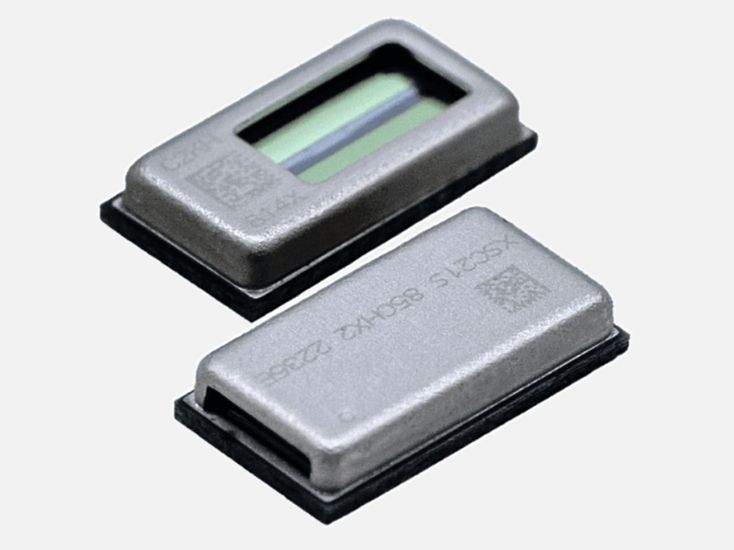
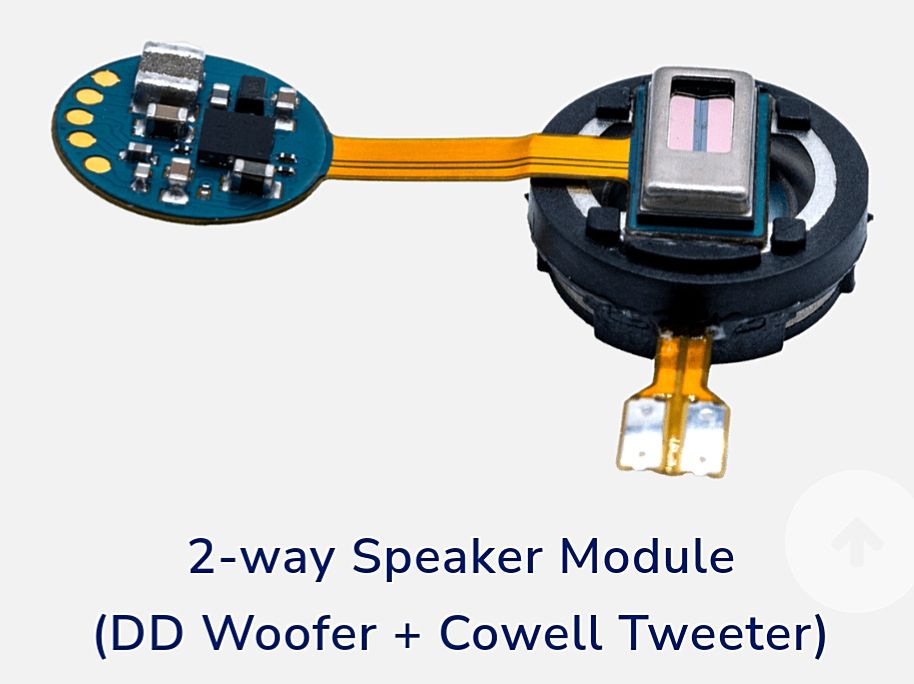
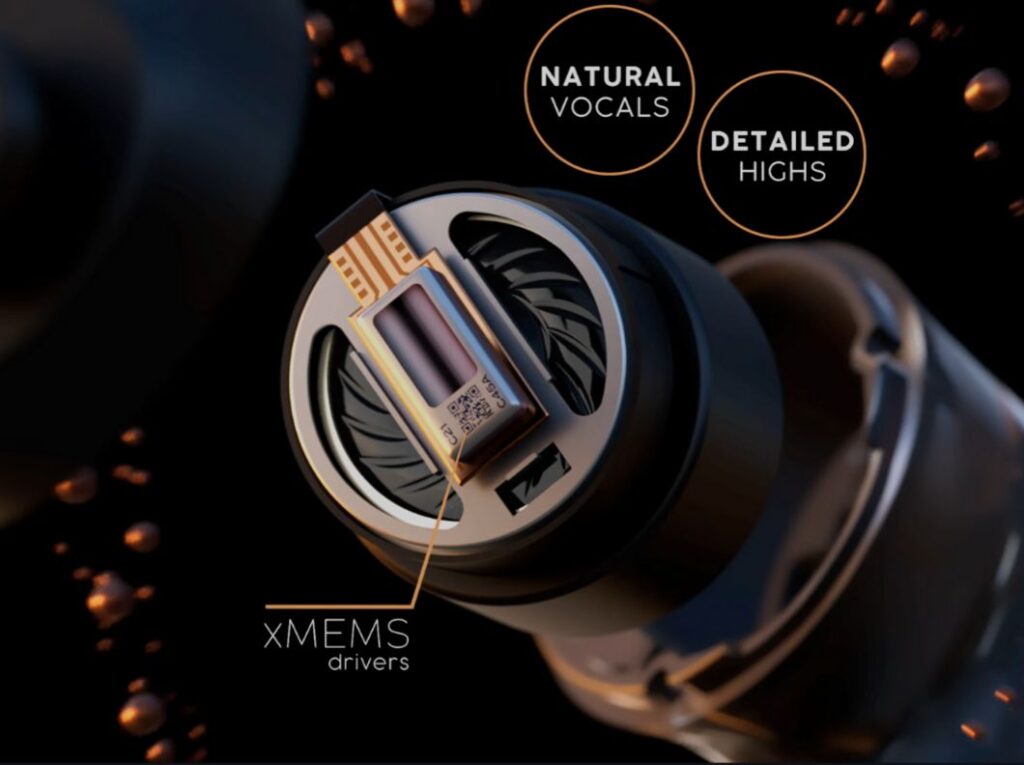
As mentioned, the Creative Aurvana Ace 2 uses a two-way speaker module with an xMEMS tweeter and a dynamic woofer for mids and bass. xMEMS makes a module where they make a combined two-driver module, using the Cowell MEMS speaker together with a dynamic woofer. From the pictures, it looks similar but not identical to the module used by Creative.
I might add that xMEMS has larger MEMS speakers in production and is working on bringing earphones powered by MEMS speakers only to the market.
There are several advantages to MEMS speakers, but the end result is all that matters. Only real-world listening will tell whether it is worth the hype or not. There are plenty of extremely good-sounding earphones using conventional dynamic drivers, planar magnetic drivers, balanced armature drivers, or a combination of any of them.
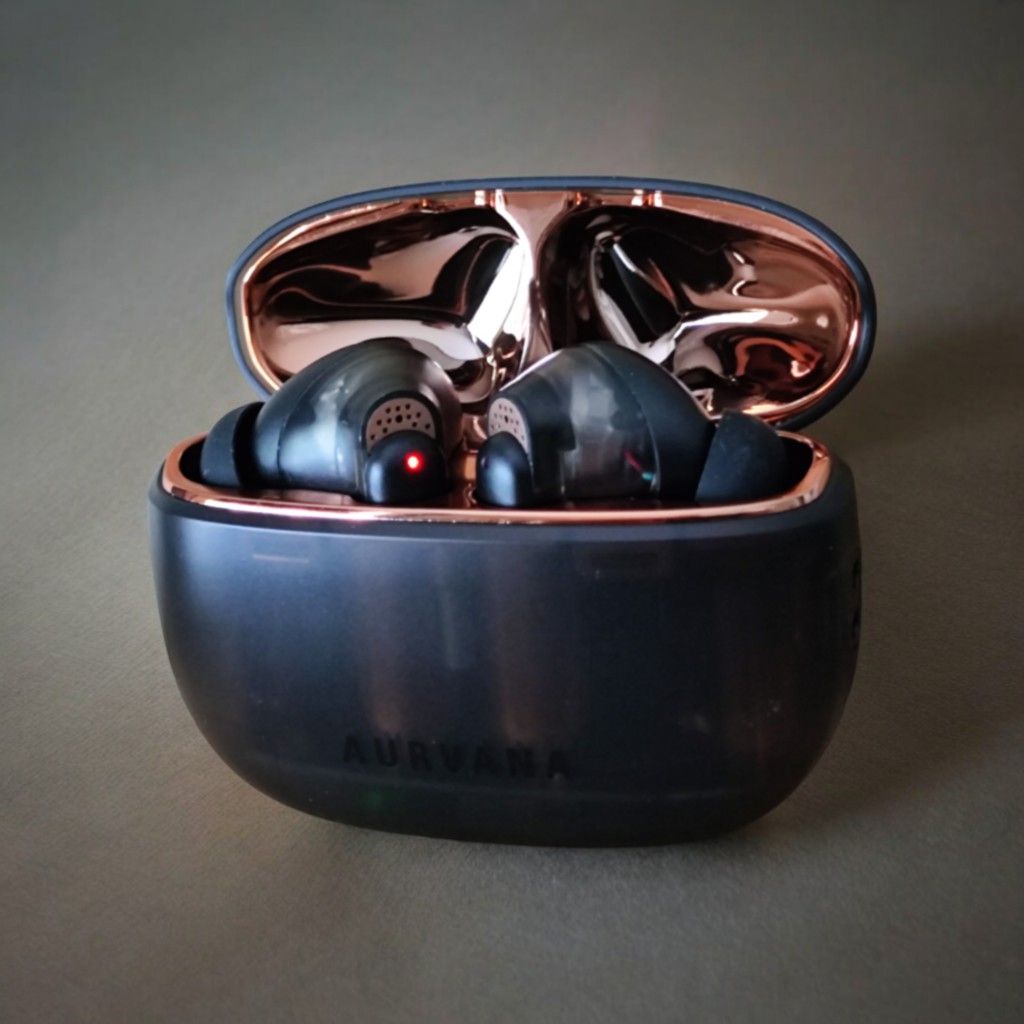
CREATIVE AURVANA ACE 2 SPECIFICATIONS
- TWS (True Wireless Stereo) earphones.
- Headphone Drivers: xMEMS with 10 mm Dynamic
- Drivers (per earbud)
- Frequency Response: 5–40,000 Hz
- Audio Codecs: LC3, aptX Lossless, aptX Adaptive, aptX, AAC, SBC
- Bluetooth version: Bluetooth 5.3
- Bluetooth Operating Frequency: 2402–2480 MHz
- Wireless Operating Range: Up to 10m / 33 ft measured
- in open space. Walls and structures may affect the range of devices.
- Maximum RF Output Power: 8 dBm
- IP Rating: IPX5 (earbuds only)
- Operating Temperature: 0–45°C
- Playtime: Up to 6 hours per charge, up to 24 hours of total playtime
- Battery Earbuds: Lithium-ion button battery: 3.7V, 52 mAh, 0.192 Wh
- Battery Charging Case: Lithium-ion polymer battery: 3.7V, 470 mAh 1.739 Wh
- Charging Time: < 2 hours
- Charging Interface: Qi-compatible wireless and USB-C
- Voice Assistant Support: Siri and Google Assistant
You can check the price here
The review unit was sent to us by Creative for the purpose of this review.
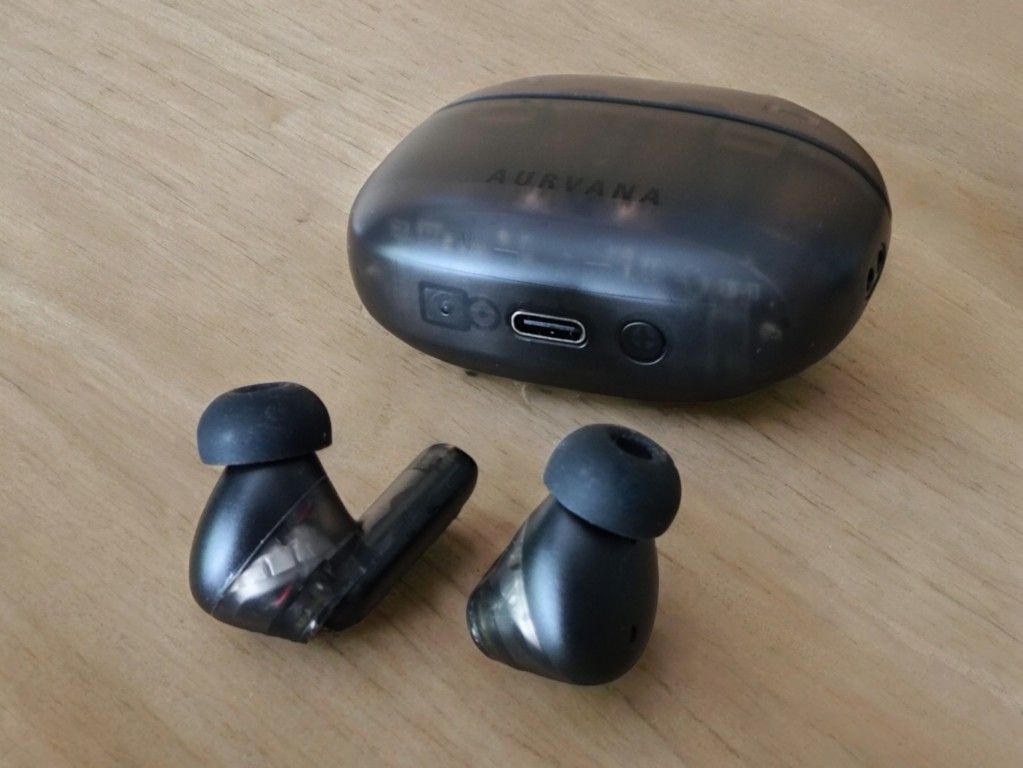
FUNCTIONALITY, COMFORT AND BUILD
The Aurvana Ace 2 are lightweight and comfortable to was wear. The charging case itself is also very lightweight. It’s small, with a round, ergonomic shape that will fit nicely into most pockets. It is made out of semi-transparent grey-brown plastic with a copper-ish finish on the inside parts that are visible through the material. This is the only finish that is offered, but I think it looks good.
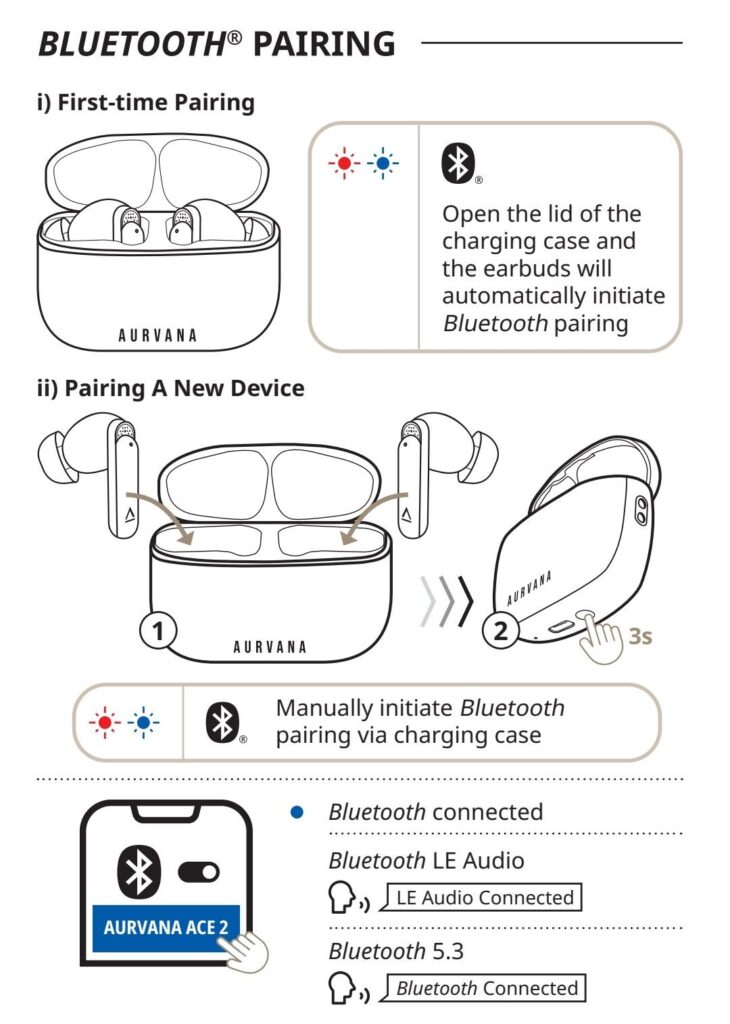
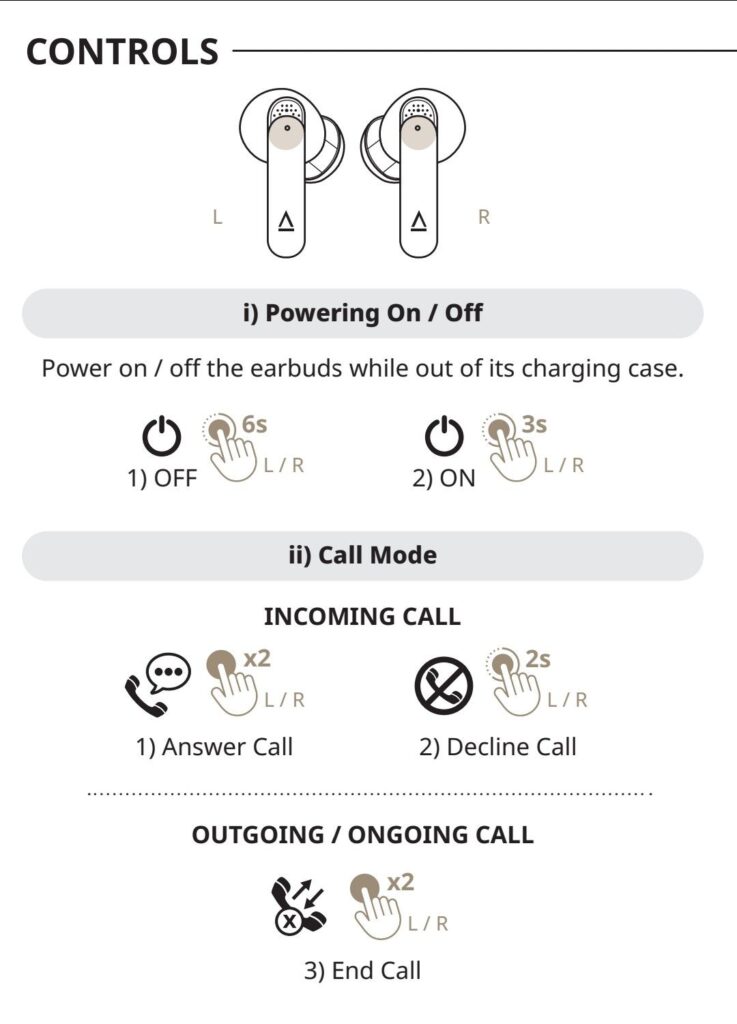
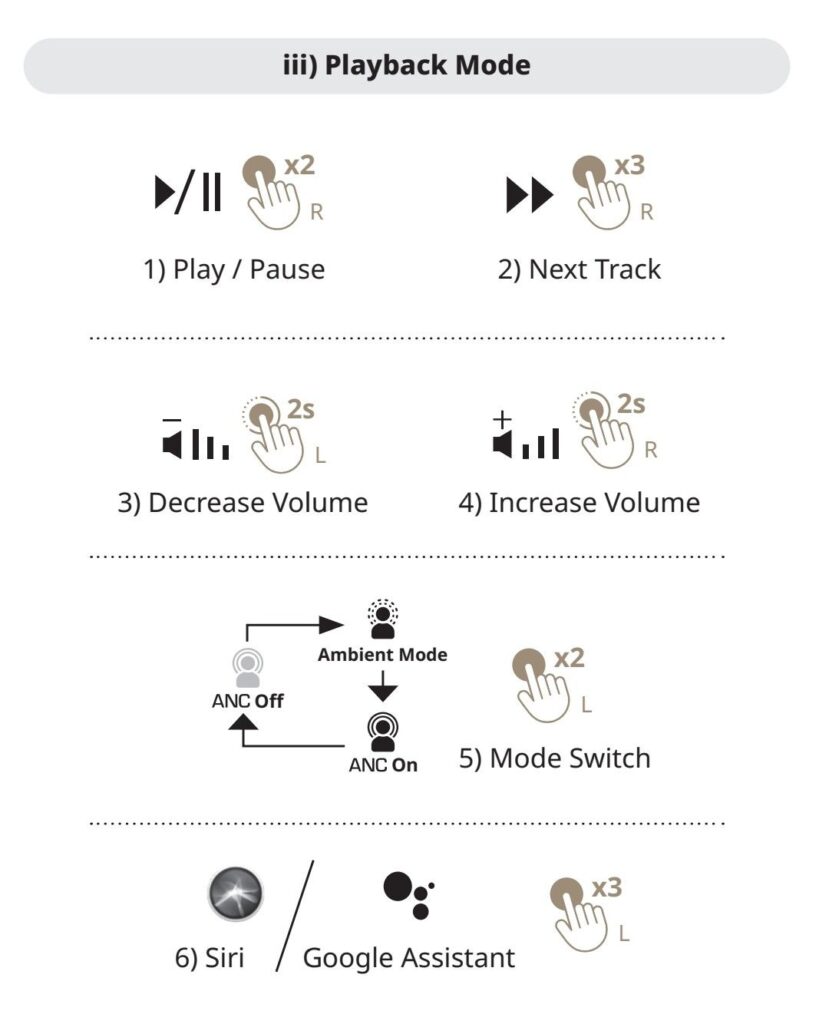
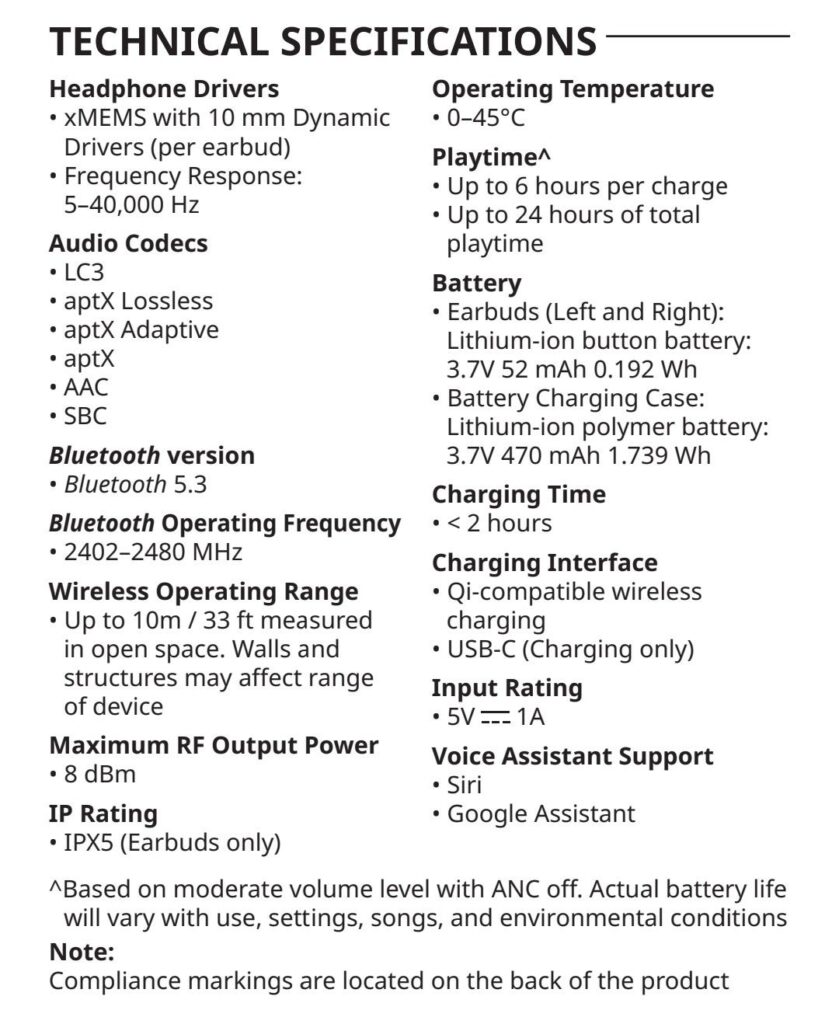
All in all, I find the earphones and the charging case to be light, comfortable, and practical to use.
With regards to battery life, the specifications claim 6 hours of listening per charge for the earphones themselves and a 24-hour total capacity with the charging case. These numbers are based on medium listening levels and will, of course, depend on whether or not you use noise-canceling and also what music you are listening to. Bass-heavy tracks drain more power than quiet, toned-down music. It’s physics, after all.
Another factor that has an effect on the battery life is which codec is used and how much processing power is necessary. The Aurvana Ace 2 has support for many high-quality Bluetooth codecs, like LC3 and aptX Lossless, and it’s amongst the best TWS IEMs in that regard. The codecs will, of course, also affect sound quality, connection stability, reach, and battery life.
The first pairing went very smoothly, even without the Creative app installed. The Ace 2 earphones flash blue and red while in pairing mode, and occasionally there will be a voice telling you that they are in pairing mode coming from the earphones.
The Creative app is very intuitive and works well. The first time it connected to the earphones, I got a popup about firmware updates for them. It took a few minutes. I was instructed not to put the earphones in the case, but they’re already in there, still with the lid open, though. When the lid is open, they are still available to the phone, but when you close it, they shut down.
The app lets you easily adjust the EQ with several pre-programmed profiles that are user-adjustable, and if you mess it up, you can easily reset the profile with a simple click on a button.
You can also change the function of the touch buttons on the earphones, which are pre-programmed to be mostly standard TWS headphones functionality.
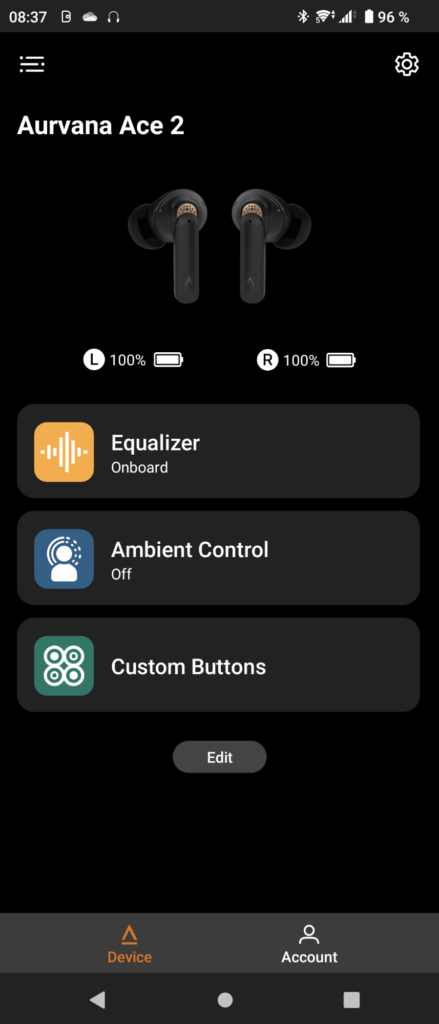
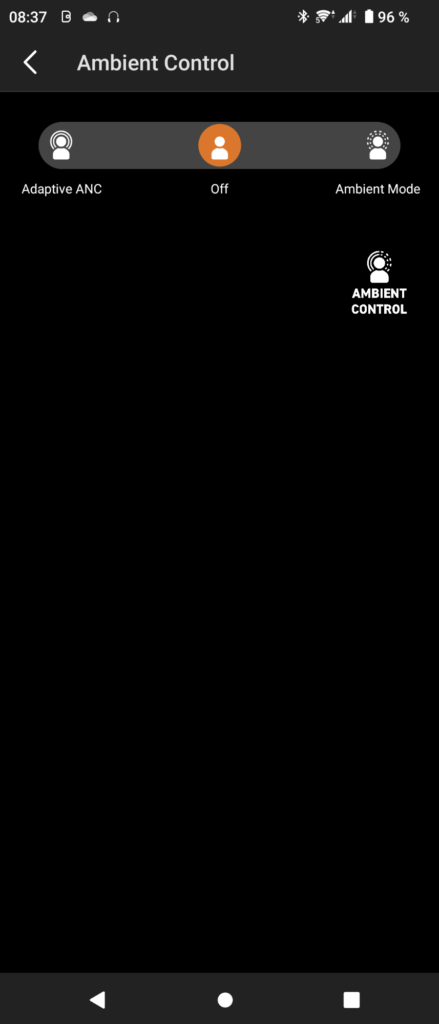
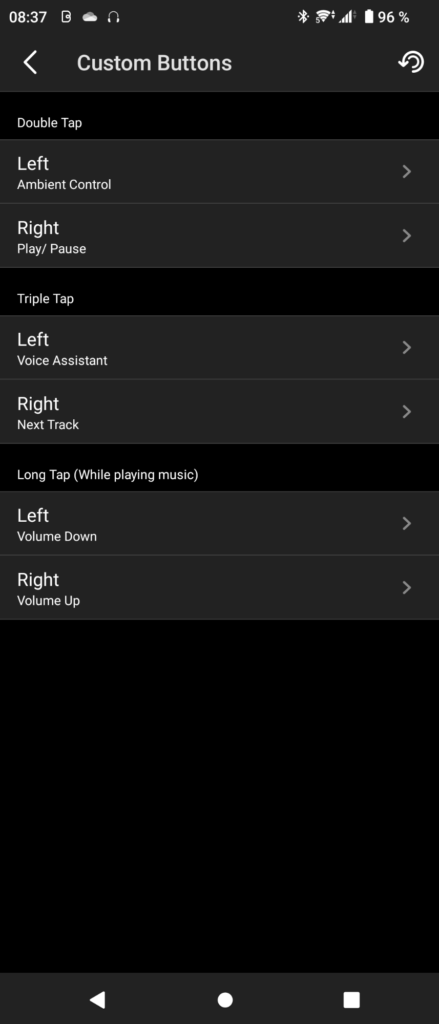
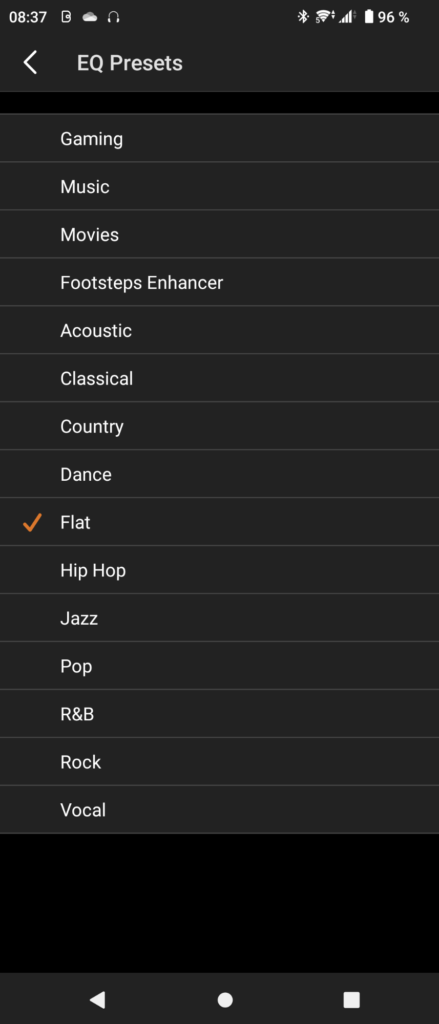
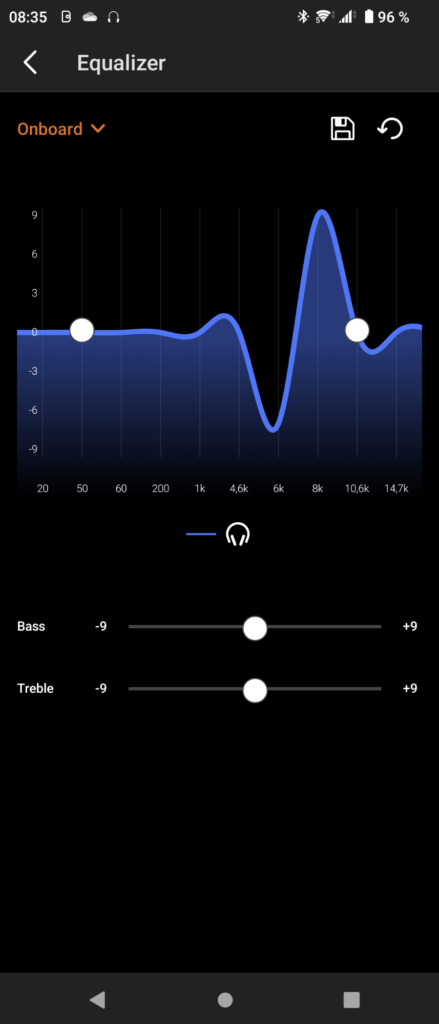
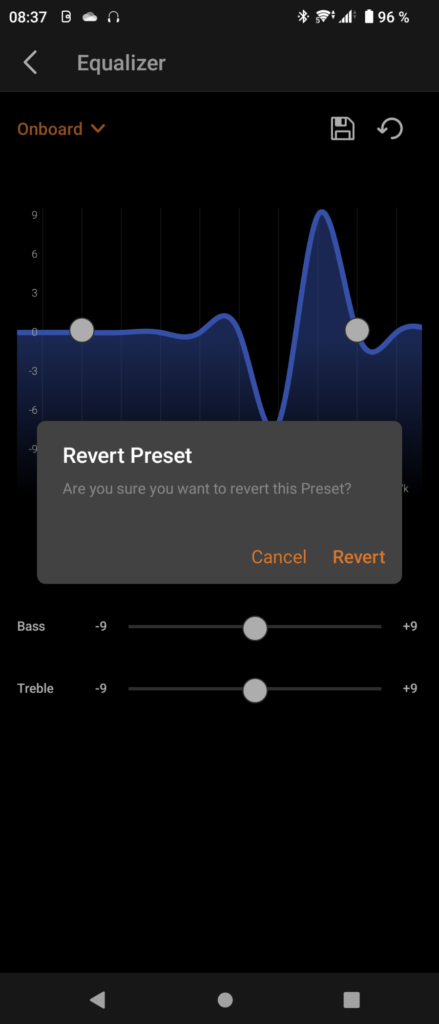
NOISE CANCELLING AND AMBIENT MODE
First I find the passive noise isolation too be quite good on these. However, like most TWS earphones, these active noise cancelling (ANC) and ambient modes. AMC actively reduces noise by using a microphone and generating canceling sound waves. Ambient mode enhances the sound around you, so it is easier to hear what is going on without taking out the earphones.
I am not going to dig deep into how well this works, but both do as intended to some degree. I don’t think this is the best implementation I have heard. There is a noticeable noise floor with the ANC, and it’s even louder with the ambient mode. Personally, I tend to prefer keeping ANC off unless I am on an airplane or a train. The passive isolation is, as mentioned, quite good.
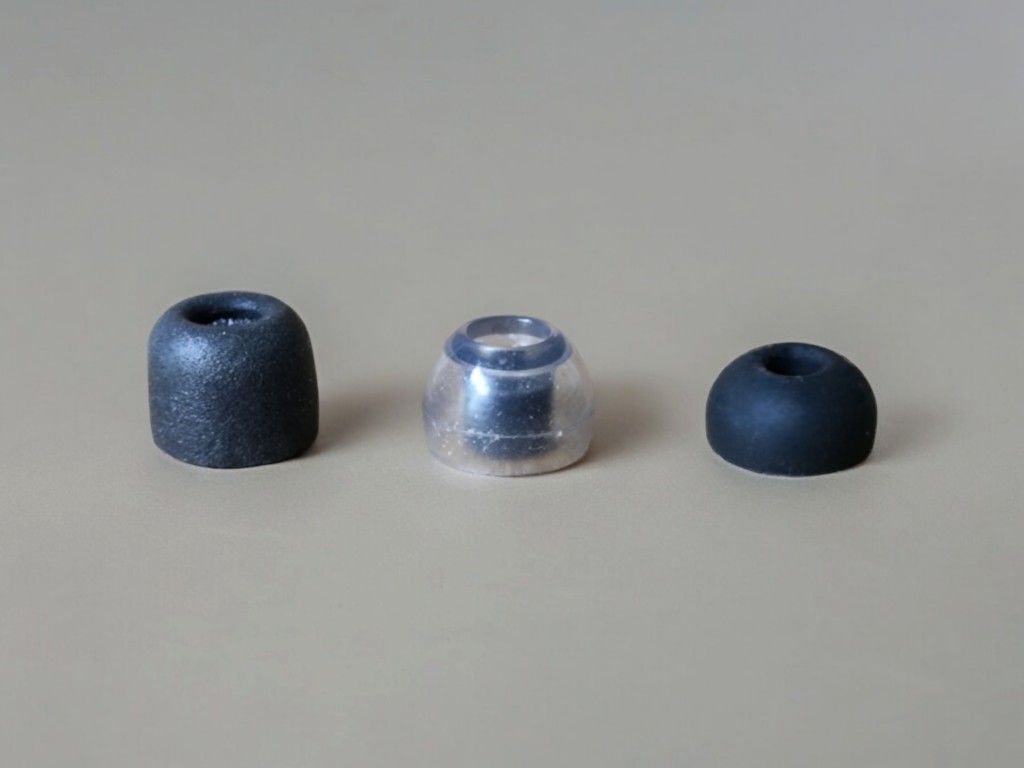
EAR TIPS
The supplied silicon tips come in three sizes and are of decent quality. As always, I experimented a bit with different ear tips. Getting good tips that specifically suit your ears is very important with all in-ear monitors, wireless or not. The tips will affect comfort level, seal, isolation, and sound quality. Especially the bass suffers if you don’t get a perfect seal.
All the normal tips I used fit on the Ace 2, and they do, to a high degree, affect the sound. However, it is important that they are not too big because then they will not fit in the charging case, which of course is a must. Tips from third-party companies designed for wireless earphones are typically shorter, mainly for that reason. However, the Spinfit CP100, the AZLA SednaEarfit Crystal, and the Comply 100 Original Shape tips all fit in the box in medium size. Medium Spinfit CP145 was too long to fit in the box.
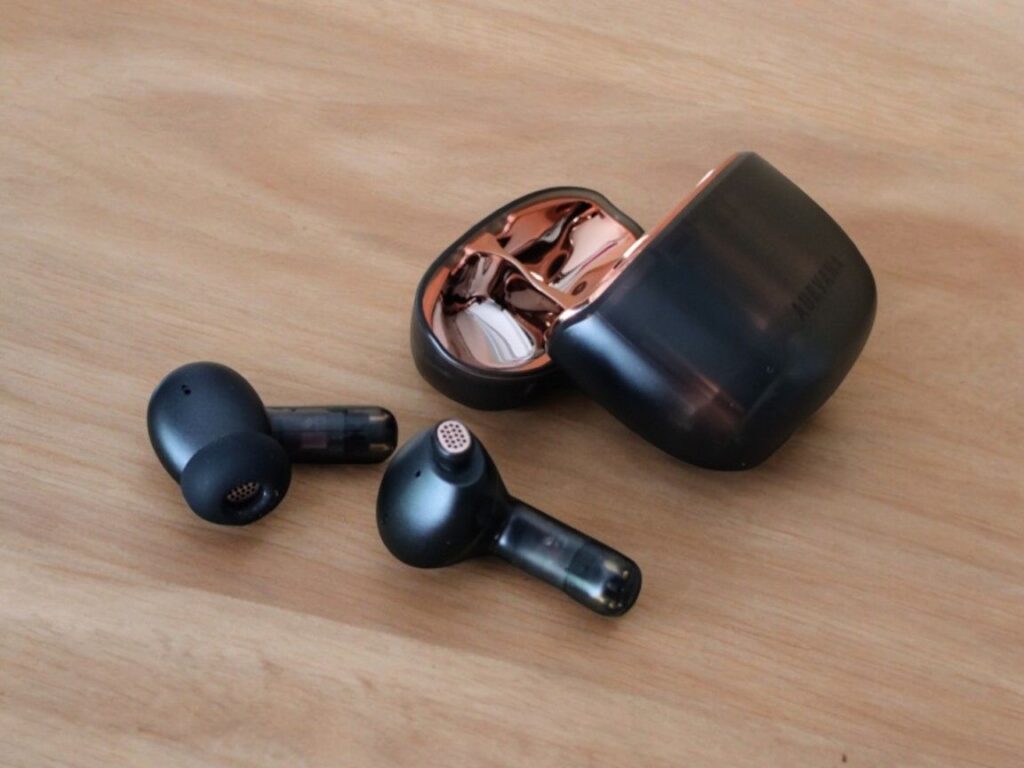
THE SOUND
DIFFERENCES BETWEEN PHONES
For a long time, I thought that with Bluetooth, the phone you used did not affect the sound. However, that is not correct. Every phone has some digital audio processing software that you cannot disable. There are several articles written about why this is. I have three Android phones available. The LGV40, which was very good with the Hifiman Svanar Wireless, gets very dark and bassy. My two newer phones, Sony Xperia 5.3 and POCO F5 sound crisp and tight. It is a very big difference between the LGV40 and the other two. If you think you are safe with iPhone and that all iPhones sound the same, I recently read a thread on Reddit about a user complaining that his three different iPhones sounded different with his Bluetooth speakers.
DIFFERENCE BETWEEN EAR TIPS
As I always do, I started out with my go-to air ear tips, the Spinfit CP145. They fit nicely on the earphones and in my ears, but they are too long to fit into the charging box. Therefore, I tried out the CP100, which is shorter. They fit well. Mostly, it sounds very good, but the treble is on the crisper side. I found two songs that didn’t sound optimal.
Jazz trio improv Spontaneous Compositorius by Thomas Agergaard sounds good in many ways. The saxophone is very nicely rendered, and the bass is deep and tight. However, this track has some pretty treble heavy bell percussion. It’s almost piercing. It’s disappointing since everything else is actually pretty fabulous.
Moving on to It Could Be Sweet by Portishead, the bass is very tight and nicely balanced. I am quite impressed. Again, however, the treble gets a bit hot with some sibilance on the vocals. Otherwise, they’re great.
The somewhat problematic treble made me experiment with other tips. Azla SednaEarFit Crystal sounds pretty similar to the Spinfits, but the treble is slightly reduced, just enough to make it not be a problem. The stock tips that are supplied with the Aurvana Ace 2 sound okay but have a pretty heavy bass, while the treble is still quite hot. My definitive favorite is the Comply foam tips. They soften the treble significantly and keep everything slightly warmer but detailed and tight. I also tried other silicone tips that made the treble issue even worse.
Keep in mind that all this is based on not using EQ. If you find the treble too hot, you can always correct it in your EQ profile using the app. However, I always prefer getting things as right as possible without using digital signal processing, especially EQ.
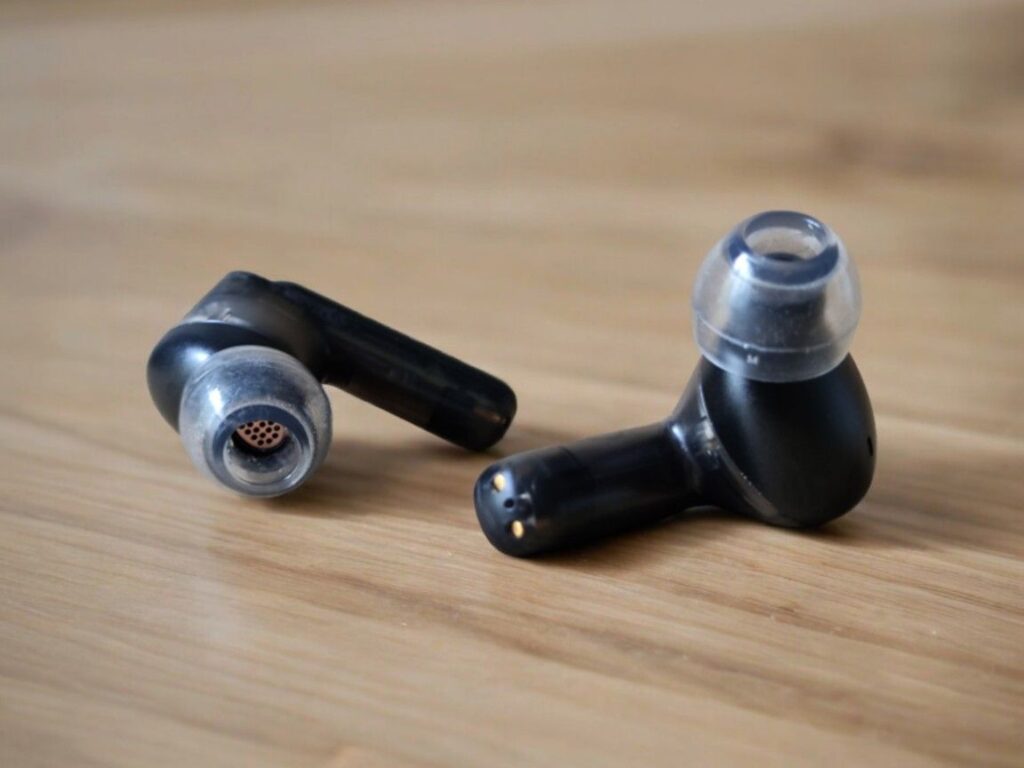
TRACK BY TRACK
For this study, in addition to the supplied stock tips, I used the two best tips I had available: the Azla SednaEarFit Clear and the Comply 100 Series Standard Shape tips.
It Could Be Sweet by Portishead
CRYSTAL TIPS: The bass is very nicely balanced and not overpowering or boomy at all. The vocals sound crystal-clear, and the treble is crisp and detailed. I find it close to being too bright, but it is just within what I find enjoyable. The vocals aren’t sibilant, though.
STOCK TIPS: The bass is much stronger, but the crispiness is still there, although less pronounced, relatively speaking.
COMPLY FOAM: The treble is taken down enough to no longer be in danger of being too bright. It’s a somewhat subtle but significant change—for the better.
Escape Route by Boris Blank
CRYSTAL TIPS: Again, the bass is well-behaved and the presentation is nicely balanced. The percussion and trumpets are crisp and clear, but not overly bright. I find the upper registers to be especially detailed and tight sounding.
STOCK TIPS: Again, the bass is significantly stronger, but the crispiness is still there, although less pronounced.
COMPLY FOAM: The trumpets aren’t as crisp, and the treble is more laid back. It’s slightly darker and warmer.
Spontaneous Compositorius by Thomas Agergaard
CRYSTAL TIPS: The saxophone is clear, and the bell percussion is very crisp; just a little bit more, and I would find it harsh. But it’s just within what I am comfortable with—without using EQ. The treble is incredibly detailed.
STOCK TIPS: The bell percussion is still very crisp, the saxophone is a bit fuller sounding, and so is the bass.
COMPLY FOAM: The treble is significantly less pronounced. It is no longer close to being piercing; it’s more like what I’m usually hearing from other earphones. It’s still detailed.
Young Vivaldi’s Violin Concerto RV 813 III by Ensemble Modo Antiquo
CRYSTAL TIPS: The violins have lots of texture, and the imaging is good with nice separation between the instruments. The tonality is crisp rather than warm and lush.
STOCK TIPS: The sound is a little warmer but still has the crispness in the higher frequencies that the Crystal Tips have.
COMPLY FOAM: Now, the tonality is warmer and lusher. There is still a good amount of texture and detail, but it is a significant change. Personally, I find it to be for the better.
Maple Noise by Greene Serene
CRYSTAL TIPS: Again, it is a very crisp and detailed sound. However, it is also extremely dynamic, there is lots of punch, and the dynamic contrast is quite impressive. The percussion is superfast, and the bass is steady and very well controlled.
STOCK TIPS: The sound is not quite as dynamic, crisp, and detailed as with the Crystal tips. There is more bass, but something is lost.
COMPLY FOAM: With the foam tips, the track sounds warmer and more organic. It’s less crisp, and the dynamic shifts aren’t as fast, though they’re still very good.
Max Richter: Vivaldi Recomposed – Summer 3
CRYSTAL TIPS: The violins are extremely textured and have a very nice bite and attack. It is not a lush and warm tonality; it is crisp and clear. The listening experience is quite intense and keeps you on the edge of your seat, not leaving room for letting the music just fade into the background, to put it that way. I really like it.
STOCK TIPS: Quite similar to the Crystals here.
COMPLY FOAM: A lusher and warmer presentation, it is more relaxed and not edgy. Still, there’s plenty of detail.
Vicarious by Tool
CRYSTAL TIPS: a tight and textured bass, clear vocals, fast percussion, and lots of texture. I don’t really think the tonality is optimal for this track; I would like some more warmth and fullness. Luckily, the EQ app is easy to use, and this can be adjusted.
STOCK TIPS: There is more base than with the crystal tips, and it sounds better, but it is definitely a V-shaped frequency curve.
COMPLY FOAM: With the foam tips, there’s no need for EQ. It sounds pretty awesome, with fuller bass and warmer mids and highs.
Almost Like The Blues by Leonard Cohen
CRYSTAL TIPS: The bass is very well controlled and balanced. Leonard Cohen’s vocal is full and textured. The percussion is kept in the background.
STOCK TIPS: It’s quite similar, the bass maybe a tad fuller.
COMPLY FOAM: The differences are not as big as with many of the other tracks, but for some reason, it feels even better with the foam tips.
Black Crow by Cassandra Wilson
CRYSTAL TIPS: The bass is full-sounding, the vocals are very clear, and there is good separation of instruments and ambient sounds.
STOCK TIPS: This sounds very similar to the Crystals, but with slightly less clarity.
COMPLY FOAM: I don’t feel anything is lost going from the silicone Crystal tips to the foam. It just feels more natural and effortless.
Like Suicide by Soundgarden
CRYSTAL TIPS: The bass and the bass drum are powerful and quite tight. The presentation is quite dark sounding, because the track is that way.
STOCK TIPS: This track sounds good with the stock tips; There’s maybe a little bit more bass, but it’s not a huge difference.
COMPLY FOAM: This track sounds great with the foam tips too.
Sunrise by Norah Jones
CRYSTAL TIPS: The vocals are clear and have a nice warm timbre. The instruments are well balanced. The detail level is very high. A great presentation.
STOCK TIPS: Here, they sound very different. There is a lack of separation, imaging, and clarity. It sounds a bit muffled in comparison to the Crystal tips.
COMPLY FOAM:
With the Comply foams, the sound gets a bit warmer, and even nicer. The bass is still tight, and I don’t find anything is missing compared to the Crystal tips.
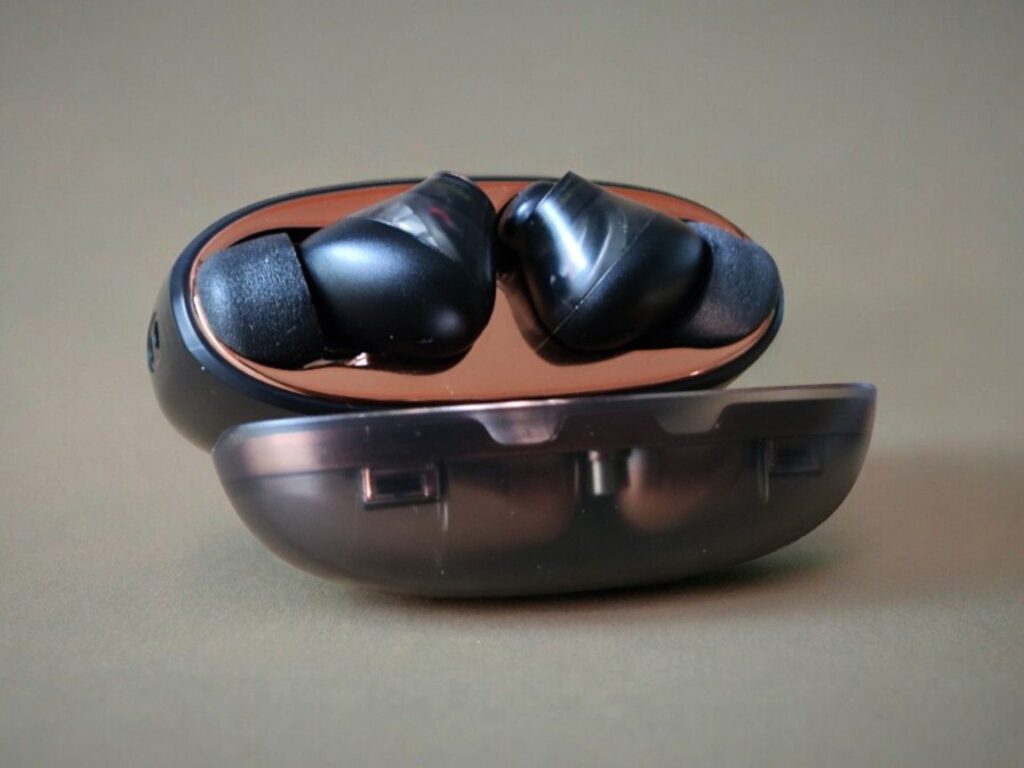
WRAPPING IT UP
Sound Signature
The way I would describe the sound signature depends on the tips used. Mostly, the tips affect the treble and the bass. The midrange sounds pretty similar, but it will, of course, sound more recessed when the treble and/or the base are relatively stronger.
STOCK TIPS: There’s a strong bass and a quite prominent treble with relatively recessed midrange, I would definitely call it a V-shaped sound signature.
AZLA CRYSTAL TIPS: This has an even more prominent treble, but it’s significantly more neutral in the bass. The midrange is brought forward, making this a neutral-to-bright tuning.
COMPLY FOAM TIPS: This is the most balanced, warm, and natural sounding. The treble quantity is brought down, there’s a nicely present bass that’s not overpowering, and there’s room left for the midrange to shine.
Treble
As mentioned before, the treble is taken care of by the MEMS speaker, which works like a tweeter. It is extremely clean-sounding, crisp, and clear. How prominent it is will depend on which tips you have mounted on the earphones.
Generally speaking, the Aurvana Ace 2 has a quite prominent treble and with the wrong tips it can feel a bit detached from the rest. However, with good tips, that’s not an issue. The AZLA Crystal tips work well, although the Comply foam tips is my favorite. With them, I find the treble to be both very pleasant and highly detailed.
Midrange
I find the midrange to be clear and detailed. How much presence it has depends on the tips you use. The tips will also affect how warm it sounds. The warmest and most natural mids are with the Comply foam tips.
Bass
Again, the type of tips have a lot to say. I got the most bass quantity from the stock pads, making the sound quite bassy. The bass is a lot tighter with the Crystal tips. With the Comply foams, it again feels the most natural. I generally find the bass to be very nice, with good punch and definition.
Soundstage and Imaging
The stage is decently wide and tall, and the imaging is quite precise, especially with the Azla Crystal or the Company foam tips. There is good separation between the instruments, but I don’t get the same sense of depth as with good cabled IEMs. For a TWS, however, I find it very good.
Dynamics, Details and Timbre
I generally find dynamics to be very good, but again, it depends on the tips. There’s more dynamic contrast with the Azla Crystal and the Comply foam tips than with the stock ones.
With the right tips, the detail level is also very high. I found that the treble is especially detailed, but the midrange and bass have great definition too.
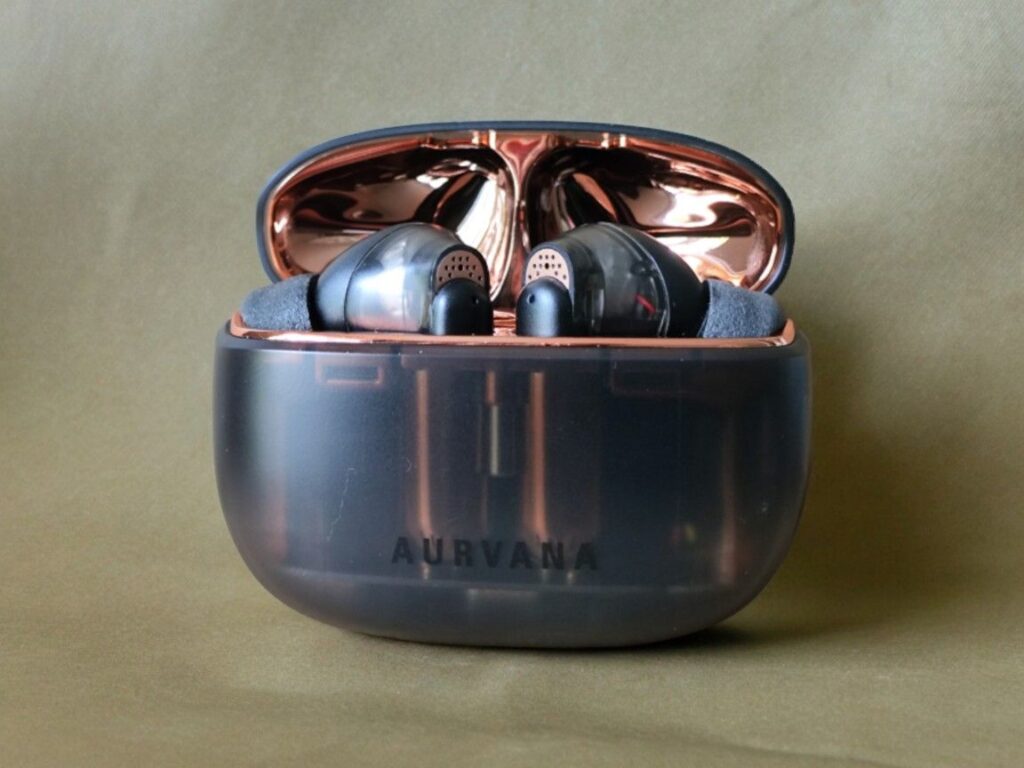
CONCLUDING ON TIPS
I am not especially fond of the sound that comes with the stock tips. It is somewhat bassy and bright, and also lacks a bit of definition and dynamics.
The AZLA SednaEarFit Crystal tips are great. With them, the sound becomes crisp and clear, with a super-detailed, dynamic sound. It’s well balanced and very enjoyable. They are also very practical, fit nicely in the case, are easy to fit in the ear, and also secure a good fit.
The Comply 100-series foam tips are also very well balanced. They retain most of the qualities of the Crystal tips but have a more rounded tonality, which is often preferable. Especially on certain tracks where the treble can be too crisp, I appreciate the foams. Practically speaking, there are some advantages and disadvantages to the foam. The tips are made out of memory foam, and you need to roll them between your fingers before inserting them and holding them in place for a few seconds. It certainly isn’t great if you want to take the earphones in and out often. They also fit a little tightly in the charging case, but it is not really a problem.
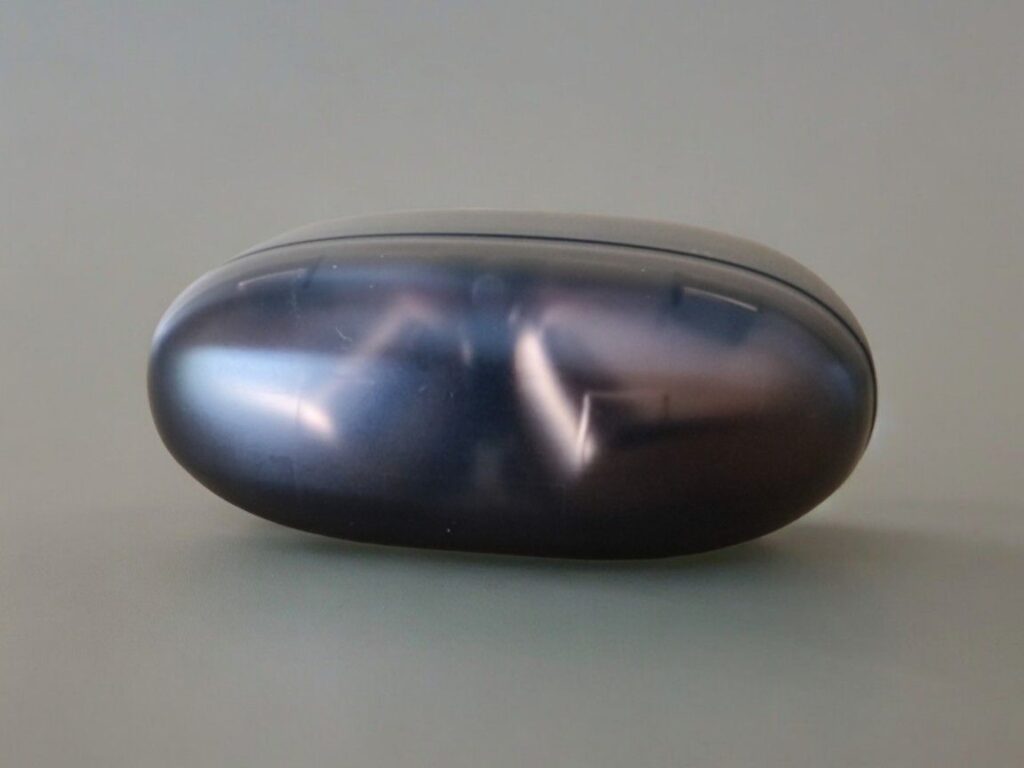
COMPARISONS
I will make this very short. I don’t have a large collection of TWS earphones, but I have heard my share. When it comes to TWS-specific characteristics such as noise cancellation and ambient mode, I must admit I’ve experienced better. In terms of pure sound quality for music listening, it is interesting to compare it to similarly priced cabled setups. And I’m quite surprised at how well the Aurvana Ace 2 performs. With the right tips, it can definitely compete with similarly priced cabled setups.
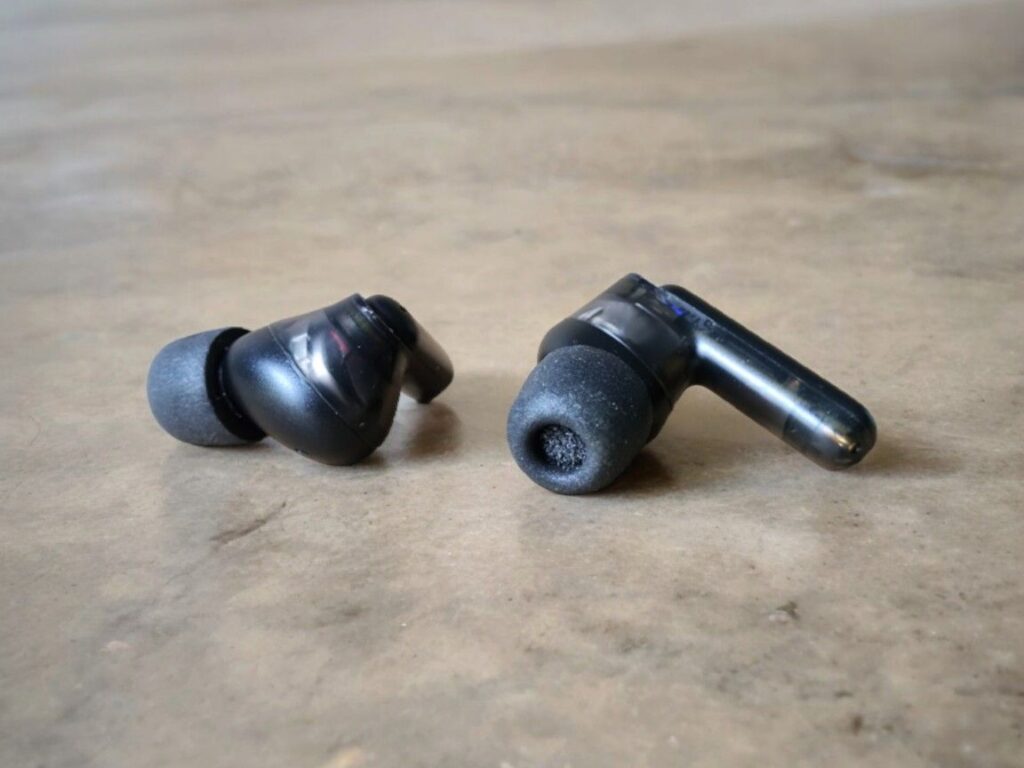
CONCLUSION
With the right tips mounted, the Creative Aurvana Ace 2 are great-sounding wireless in-ear monitors. The MEMS tweeter delivers fantastically resolved and very articulate treble, and the 10 mm dynamic woofer isn’t far behind, delivering high-quality midrange and bass.
Please consider using our affiliate links; you can check out or purchase the Aurvana Ace 2 here:
Link to Creative here
Any purchase you make on Amazon or Linsoul with any of our affiliate links will give us a small provision at no cost to you.
We only get a provision for items that are not returned, so there’s no incentive for us to recommend something that’s not good.
Linsoul : Headphones, Earbuds, Wireless Earbuds, Desktop DAC/AMP, Portable DAC/AMP, Digital Audio Players,
Amazon: Headphones, IEMs, Headphone Amplifiers, Home Audio or Anything else.
.
If you enjoyed this article or other content on The Headphoneer, you might consider leaving a small donation to keep this website up and running. No donation is too small. Thanks for supporting us!
If you like our work please follow us on Instagram, Facebook and Twitter , it will help us grow. Sharing is caring 🙂


